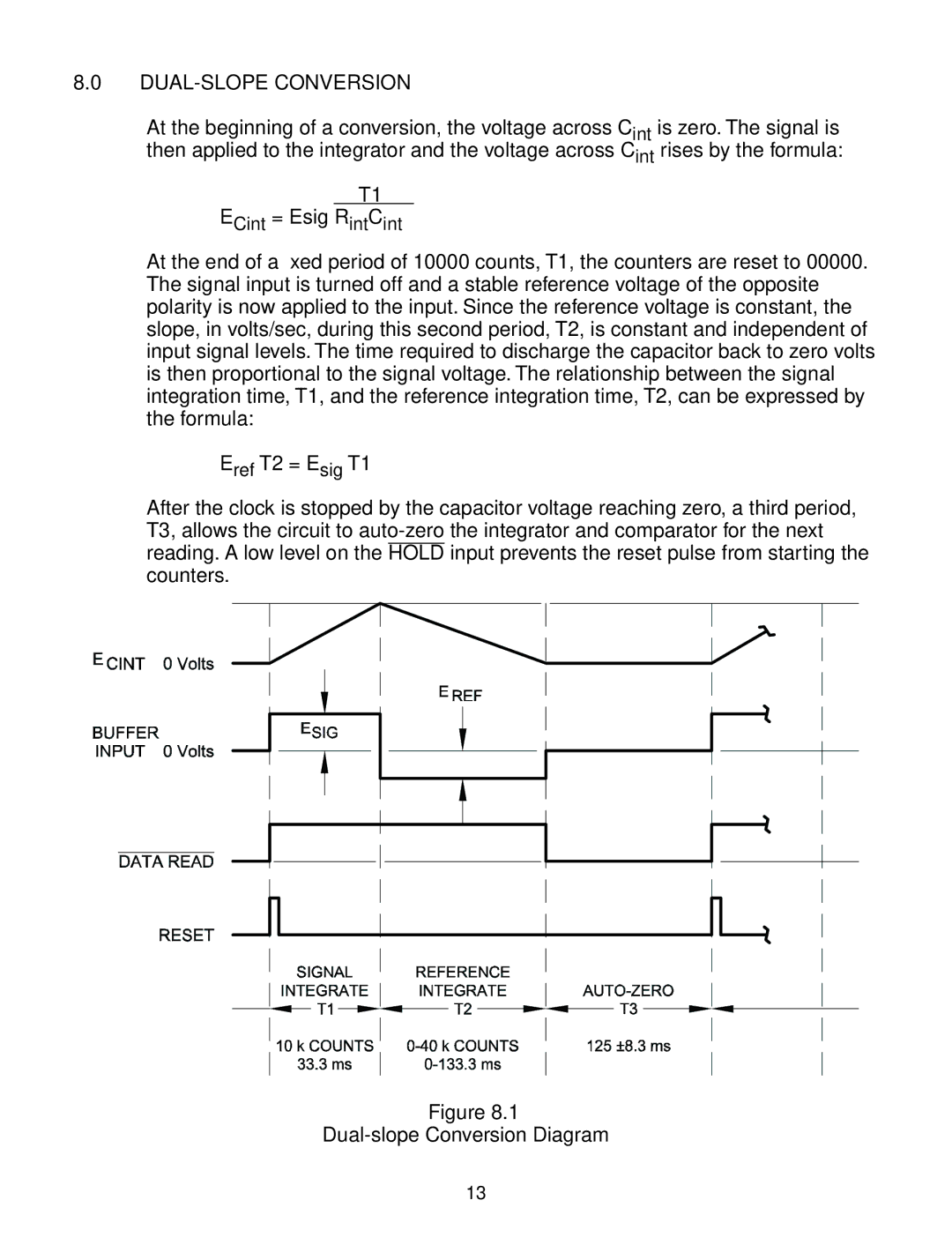DP3001 specifications
The Omega DP3001 is a versatile and innovative device that caters to the needs of both professionals and hobbyists in various fields, especially those requiring precise data logging and measurement capabilities. This advanced instrument is designed for accuracy, reliability, and ease of use, making it an essential tool for engineers, researchers, and technicians.One of the standout features of the Omega DP3001 is its high-resolution measurement capability. With a dual display, it allows users to monitor multiple parameters simultaneously. The device supports an expansive range of input types, including thermocouples, RTDs, and voltage inputs, making it adaptable to different measurement requirements. The user-friendly interface lets operators quickly navigate through settings and configurations, enhancing productivity in fast-paced environments.
The DP3001 is equipped with state-of-the-art data logging technologies, which enables continuous monitoring of various parameters over extended periods. The internal memory can store extensive datasets, allowing for later analysis and documentation. Users can easily download data via the USB interface or connect to a computer for further analysis using accompanying software. This seamless integration with PCs offers a convenient way to manage large volumes of data.
Durability is another hallmark of the Omega DP3001. Constructed with robust materials, it is designed to withstand challenging conditions, ensuring longevity even in demanding environments. The device features an IP rating for water and dust resistance, providing additional assurance for outdoor usage or in industrial applications.
The ability to calibrate the device ensures that it maintains accuracy over time. The Omega DP3001 supports user calibration, giving operators the ability to adjust measurements according to specific standards or requirements. This flexibility is crucial for maintaining high-quality data integrity in critical applications.
Power management is also considered in the design of the DP3001. The device can operate on batteries or through an external power source, providing users with the flexibility to use it in the field or in laboratory settings without worrying about power availability.
In summary, the Omega DP3001 stands out as a powerful tool for precise measurements in various applications. Its high resolution, versatile input options, robust data logging capabilities, durability, user calibration, and flexible power options make it an ideal choice for those seeking reliability and efficiency in their measurement tasks. Whether in research, industrial, or educational settings, the Omega DP3001 is a trusted partner for accurate data acquisition.

